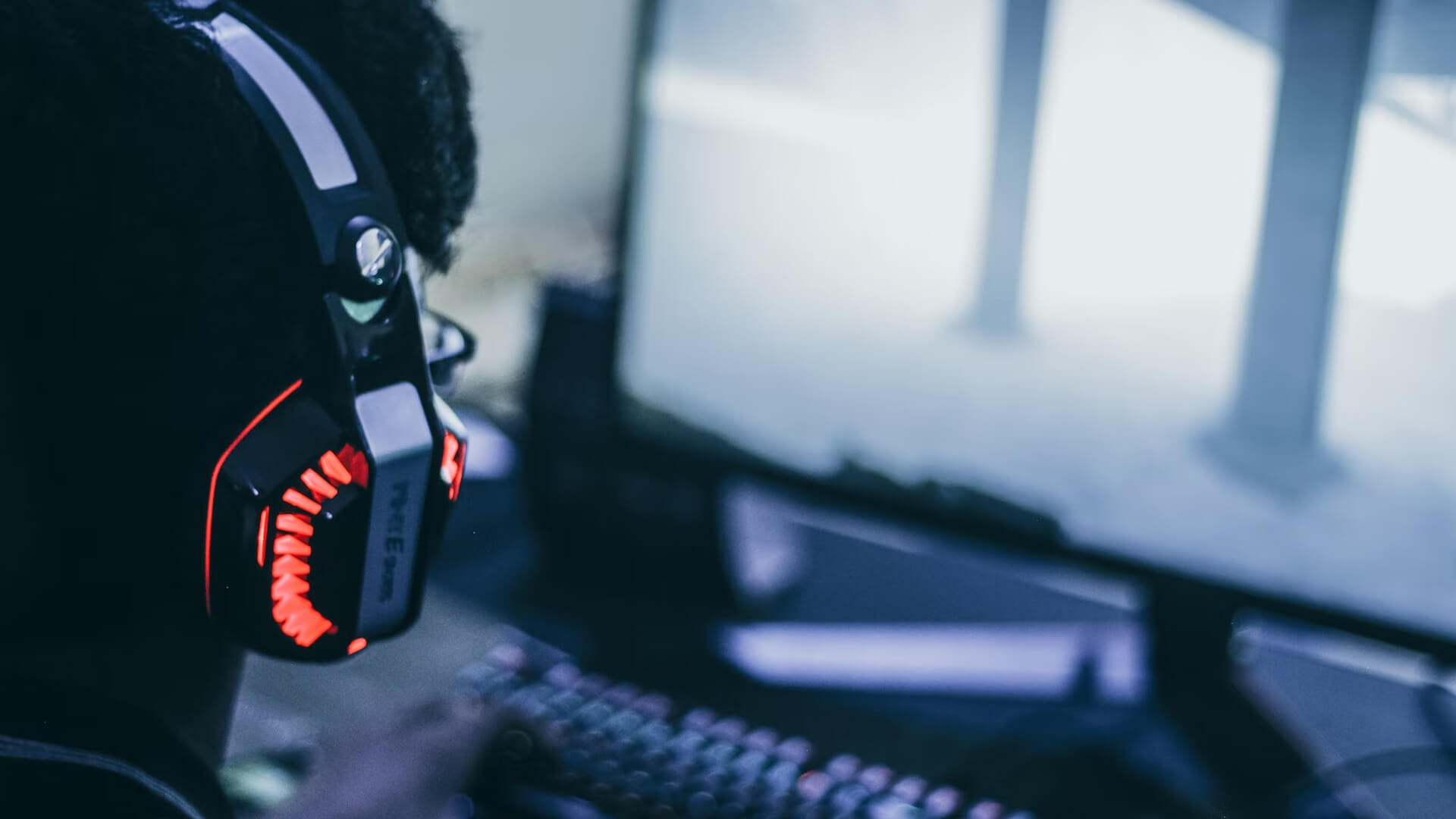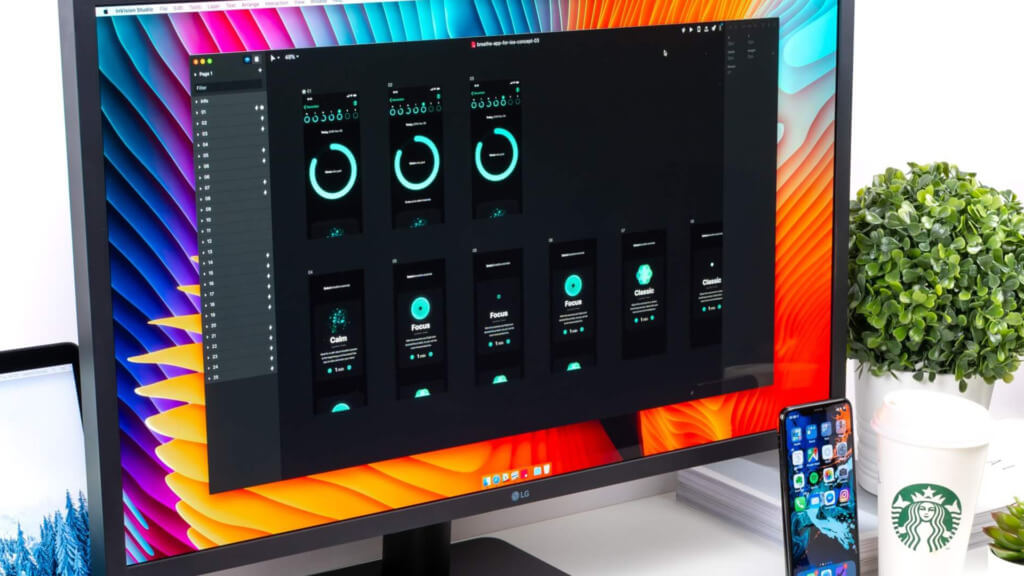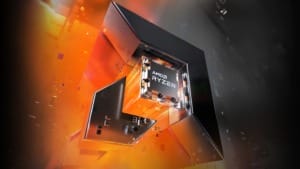G-Sync vs. G-Sync Compatible: What’s the difference?
If you are a passionate gamer, you know how important a good monitor is, and the refresh rate is one of the most critical specifications. If you are an NVIDIA user, then you know that there are two...

If you are a passionate gamer, you know how important a good monitor is, and the refresh rate is one of the most critical specifications. If you are an NVIDIA user, then you know that there are two options, G-Sync monitors and G-Sync Compatible monitors but do you know the difference between them? We are here to help you understand it better and determine which option is better for you.
G-Sync vs. G-Sync compatible
When talking about variable refresh rates or VRR, the NVIDIA G-Sync is probably the best-known one on the market. It was introduced as an upgrade of the VSync or vertical sync that was causing gamers some trouble with screen tearing and the big input delay. But since then, we have seen many improvements on the VRR scene, like AMD releasing FreeSync, which is probably the only one that can compete with G-Sync. The main difference between them is the technologies they are using because FreeSync is based on VESA’s Adaptive-Sync standard. This one might seem a bit more attractive to some people because it is open and free. G-Sync needs a proprietary hardware module inside the monitor to work and can become quite expensive. So, to remain competitive, NVIDIA introduced G-Sync Compatible. As you can guess, the new G-Sync Compatible monitors also use the open and free Adaptive-Sync standard. And even though this is a tremendous competitive advantage, this didn’t mean the death of the G-Sync monitors. But why is that? To understand it, we need to dig deeper into the differences between G-Sync and G-Sync Compatible.
What is G-Sync?
G-Sync was released in 2013 and was such an innovation in the VRR world. Screen tearing was one of the main issues gamers were facing. If you don’t know what this is, let us explain — when parts of your screen display different frames that are slightly offset and the picture just looks wrong. The reason behind that is the unsynchronised monitor refresh rate with the game’s framerate. In other words, your monitor didn’t fully display one frame before starting to display the next one. By enabling VSync, you were able to overcome this issue because it was limiting the refresh rate of your monitor in a way to synchronize it with the game’s framerate. However, this workaround led to quite a considerable input delay which we might argue is even worse.

NVIDIA, of course, was aware of this issue, which is why they launched the C-Sync VRR technology. The difference came from the way that synchronization was working. All VRR technologies do the opposite of the workaround we mentioned above. They adapt the monitor’s refresh rate to sync with the game’s framerate. And this is a continuous process since the game’s framerate can change at any moment. G-Sync can do so thanks to the NVIDIA scaler module that establishes the communication between the NVIDIA GPU and controls the refresh rate. However, this makes the G-Sync monitor so expensive — the need to work only with a proprietary scaler module. So, you couldn’t use such a monitor if you weren’t using a compatible NVIDIA GPU, which we might say is not cheap.
What is G-Sync Compatible?
Shortly after the launch of G-Sync, VESA or Video Electronics Standards Association announced the release of an open and free VRR technology called Adaptive-Sync. It was long until AMD launched FreeSync, using the Adaptive-Sync standard; therefore, it didn’t need an expensive proprietary scaler module. Of course, this was a big hit for NVIDIA since many people started questioning whether they would buy the expensive NVIDIA G-Sync monitors. And this was the main reason in 2019 that NVIDIA announced the release of G-Sync Compatible monitors that use the Adaptive-Sync VRR tech.
The G-Sync Compatible monitors were tested extensively, and NVIDIA stated they work great with NVIDIA GPUs and others, thanks to the free VRR technology. And this statement is true, but their VRR works only with an NVIDIA graphics card and NVIDIA software. Still, the implementation of FreeSync made the monitors much cheaper and affordable. Thanks to that, NVIDIA monitors were again much more competitive, especially compared with the AMD ones.

G-Sync Compatible vs. G-Sync
We might consider this more like a comparison between FreeSync and G-Sync since the G-Sync and G-Sync Compatible monitors use the two different standards. However, we need to consider that the G-Sync Compatible monitors are better than the FreeSync ones. So, if you decide to go with such a monitor, you will get a more than great Adaptive-Sync monitor, which is why we are comparing them to G-Sync. Both types of monitors are NVIDIA approved, and by that, we mean they cover all of the high-quality requirements of the manufacturer. However, the G-Sync ones might still have a bit better and several advantages. The main one is, of course, the scaler model that in G-Sync monitors is not used only to adjust the refresh rate but also the pixel overdrive, which helps with ghosting. Another one would be the considerably lower framerate compensation that can extend down to 1Hz.
We should mention, however, that G-Sync Compatible monitors’ LFC refresh rate range is quite wide. This will mean that you will still have a smooth gaming experience without input lag, tearing, or ghosting. In other words, if you are not careful, you might not notice the difference between G-Sync and G-Sync Compatible monitors. Of course, if you are a passionate gamer, you will always prefer a G-Sync one if you can afford it. However, we might say that the G-Sync Compatible ones are much better than other monitors in a similar price range, so if you are on a budget, you should consider getting one. You will have a fantastic performance if you pair it with an NVIDIA card.
















